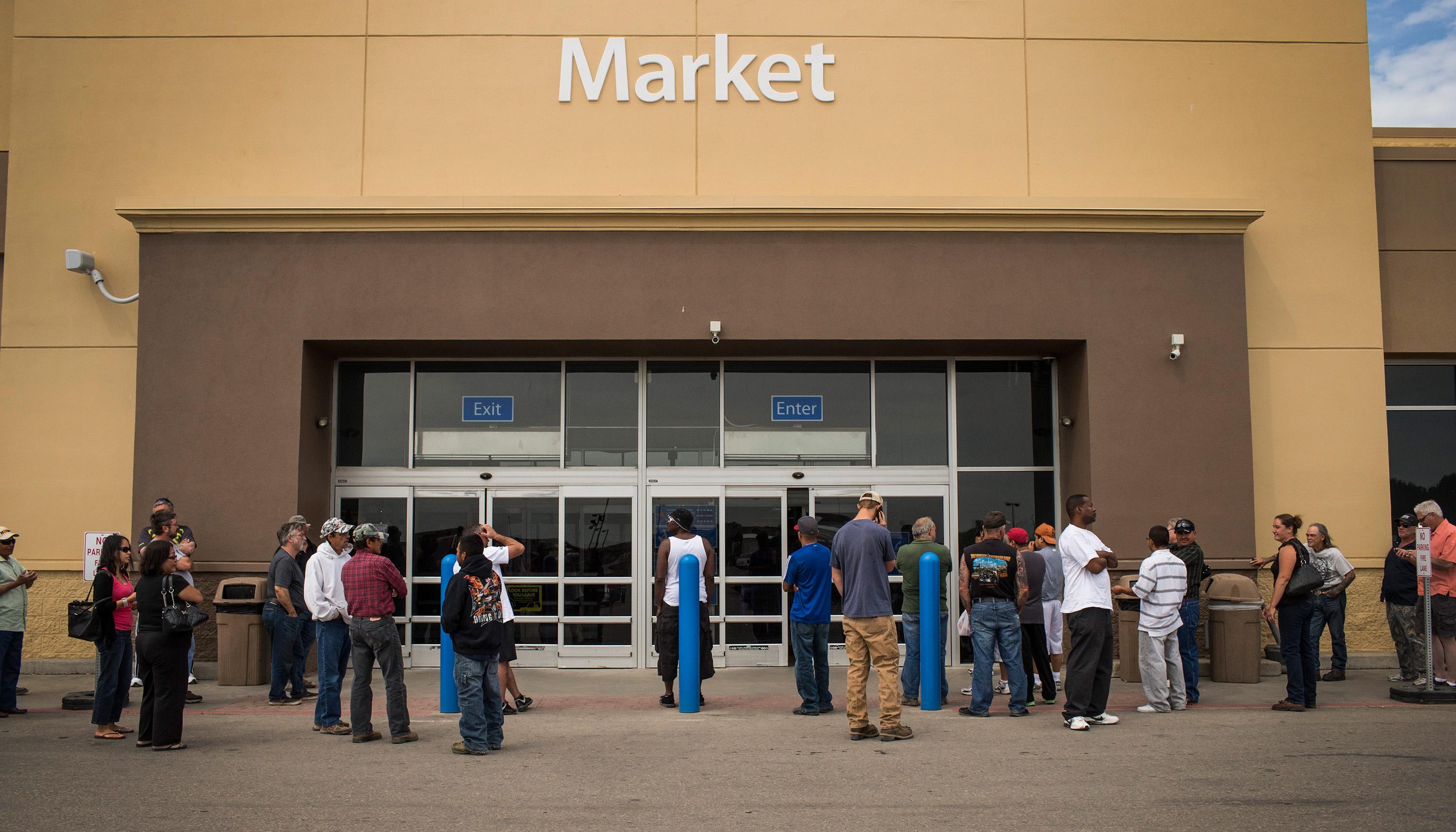I don’t think the United States should have a minimum wage of $15 an hour. My guess is that the Obama administration’s proposal to raise it to $10 an hour would work out okay, but it’s hard to be sure. But at $15 I think you’d have real problems.
Over the past week, though, I’ve seen a lot of market-minded commentators who agree with me about that assimilate this to other issues such as Henry Blodget’s cheerleading for higher wages or how Walmart’s profit margins are plenty high to put thousands of extra dollars in workers’ pockets.
So let’s be clear about this. Looking at companies that are profitable (i.e., wouldn’t be put out of business by higher labor costs) and aren’t investing those profits in aggressive expansion (i.e., wouldn’t be forced to slow hiring by higher labor costs) and observing that it would be desirable for those companies to pay higher wages isn’t the same as calling for an across-the-board regulatory solution. It’s the opposite of an across the board regulatory solution! If firms started investing more (like Amazon) or paying better (like Costco) then there wouldn’t be all these charts and articles about how profits are at an all-time high while wages are stagnant so obviously we need very different laws. Wages wouldn’t be stagnant! Profits wouldn’t be so high! But the unemployment rate would be lower, the economy would be growing faster, and Americans as a whole—including business owners—would be better off.
Part of what makes this such a dialogue of the deaf is that I think a lot of people have in their heads this idea that whatever managers are going is, by definition, optimal. After all, isn’t that what managers do? Do optimal stuff?
I don’t think so. We know from both observations of real world financial markets, from experiments, and from theoretical constructs that there’s a lot of herd behavior in an economy. People do things because other people are doing them. When it’s slap bracelets, you call it a “fad.” When it’s houses in Riverside County, you call it a “bubble.” But either way, it happens. And what we have is a corporate management fad for a certain style of doing business. A bubble in lean labor force, high margin, low investment cash hoarding and dividend payouts. Probably in 1983 or 1973 some different postwar fad had gone too far and there was good reason to move in this direction. But overshooting happens in life.
The economy needs diverse companies and it also needs diverse management philosophies. It needs some firms to be disgorging cash (dividends and buybacks) so that other capital-hungry firms can invest. It needs some firms to pursue stability and efficiency wages, while other firms have a low-wage strategy that lets them take risks on people with no work experience or bad marks on their records. You need yin and you need yang.
The argument is that we’ve got too much profit margin yin and not enough household disposable income yang, and it’s creating a dysfunctional outcome.
It’s always better to have policy solutions than vague journalistic hectoring. And indeed I’m inclined to think that a program of aggressive monetary stimulus aimed at NGDP level targeting would in fact have the results of coordinating managers’ expectations around a higher-investment, higher-paying equilibrium in which household income and spending both rise. But be that as it may, saying this is what Ben Bernanke should do is just another form of journalistic hectoring. Maybe it’s easier to change minds in the ranks of corporate leadership than in the ranks of Federal Reserve leadership. I don’t know. The point is that the country as a whole is suffering right now from a mentality that prizes squeezing pay to the lowest possible level even when that squeezing doesn’t lead to more hiring or more investment. It’s sad. It’s bad. And it’s worth saying so.
